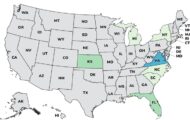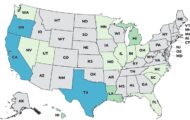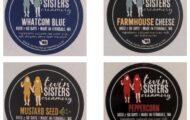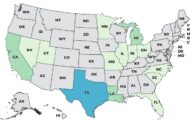The FDA is one of the government agencies charged with keeping our food supply safe. One of the ways they do this is something called “risk assessment.” Food facilities are inspected and government officials figure out where the risks of contamination are.
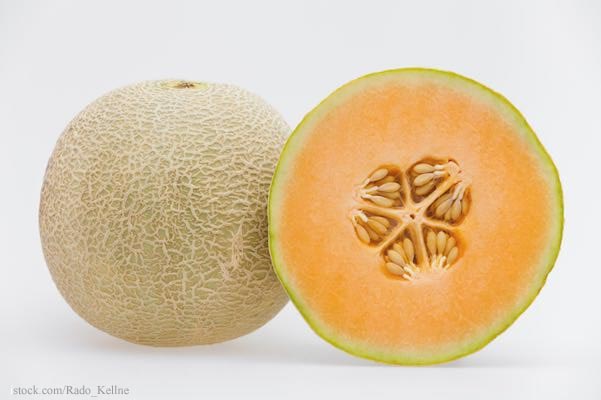
There are many steps between the farm and your table. And each can pose a risk of contamination by pathogenic bacteria. Scientific evidence and calculations used by the FDA predict the best ways to preventing contamination by specific substances in specific foods.
First, scientists learn about the conditions under which a bacteria or virus can grow and thrive. A food likely to contain the pathogen is then studied, and information about how the food is grown, transported, received, processed, stored, shipped, and sold is gathered. Contamination is possible along every step of this chain.
Mathematical models are then used to estimate how much contamination of illness from a pathogen could be prevented if certain actions were taken at different points along the supply chain.
Some of the questions these investigators and scientists ask include “would decreasing the temperature in a warehouse reduce the growth of Salmonella bacteria?” they may also ask if reducing the temperature in a store’s display case could be effective at reducing contamination.
Policy makers use risk assessment to write and pass laws that keep the food supply safe. Researchers and scientists also use this data to help come up with new ways to kill pathogens.
For instance, a huge Listeria monocytogenes outbreak was linked to Jensen Farms cantaloupes in 2011 sickened at least 147 people. Officials discovered that the machinery used to clean the fruit was originally designed to clean potatoes. That system was designed to use a chlorine wash, which was never used. That step let the owners ship contaminated cantaloupes all over the country. A risk assessment conducted at that facility may have pointed out this shortfall and many illnesses could have been prevented.
Other risk assessments the FDA is conducting or has completed include Listeria in soft ripened cheese, Vibrio in raw oysters risk assessment, and Listeria cross-contamination in retail delis. They are also studying pathogens in raw milk cheese, pathogens in pieces, and hepatitis A in produce.

